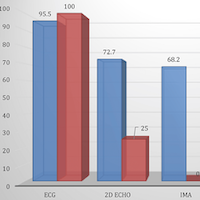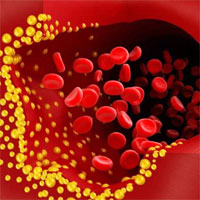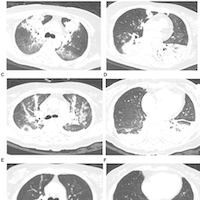A Promising Biomarker for Early Detection of Acute Coronary Syndrome (ACS)
cureus.com
As found in our study, among the biomarkers used, the diagnostic accuracy of IMA was the highest and better than that of cardiac troponin I and CK-MB. Although ECG is the preferred diagnostic tool for diagnosing ACS (STEMI, NSTEMI, and unstable angina) in patients presenting within three hours of the onset of chest pain, a confirmation can be done with the help of other diagnostic tests and investigations like serum IMA levels and further treatment can be initiated.
A total of 100 subjects were enrolled in the study out of which 50 were cases and 50 were controls. Cases were older as compared to controls (mean age 60.5 versus 46.0 years). Of the 50 cases, 33 (66%) were males.
There were equal numbers of males (33 each) and females (17 each) subjects in both the groups.
Typical chest pain, risk factors, and history of coronary artery disease (CAD) were higher in cases.
ECG diagnosis revealed the presence of STEMI (52%) and coronary angiography revealed the presence of double vessel CAD (60%) in cases. Among controls, gastroesophageal reflux disorder was the most common cause of chest pain followed by costochondritis and pneumonia.
Glucose (fasting and postprandial), all lipid profile parameters (except high-density lipoprotein) and IMA values were significantly higher in cases as compared to controls.
















